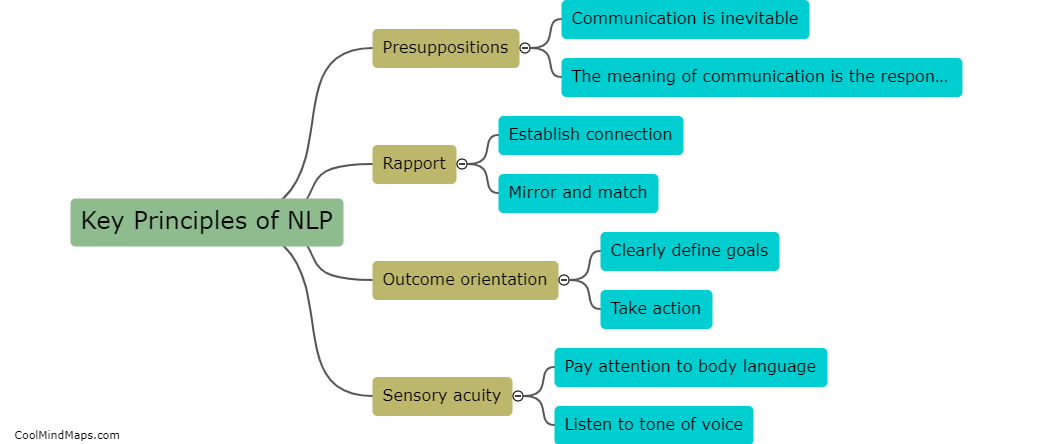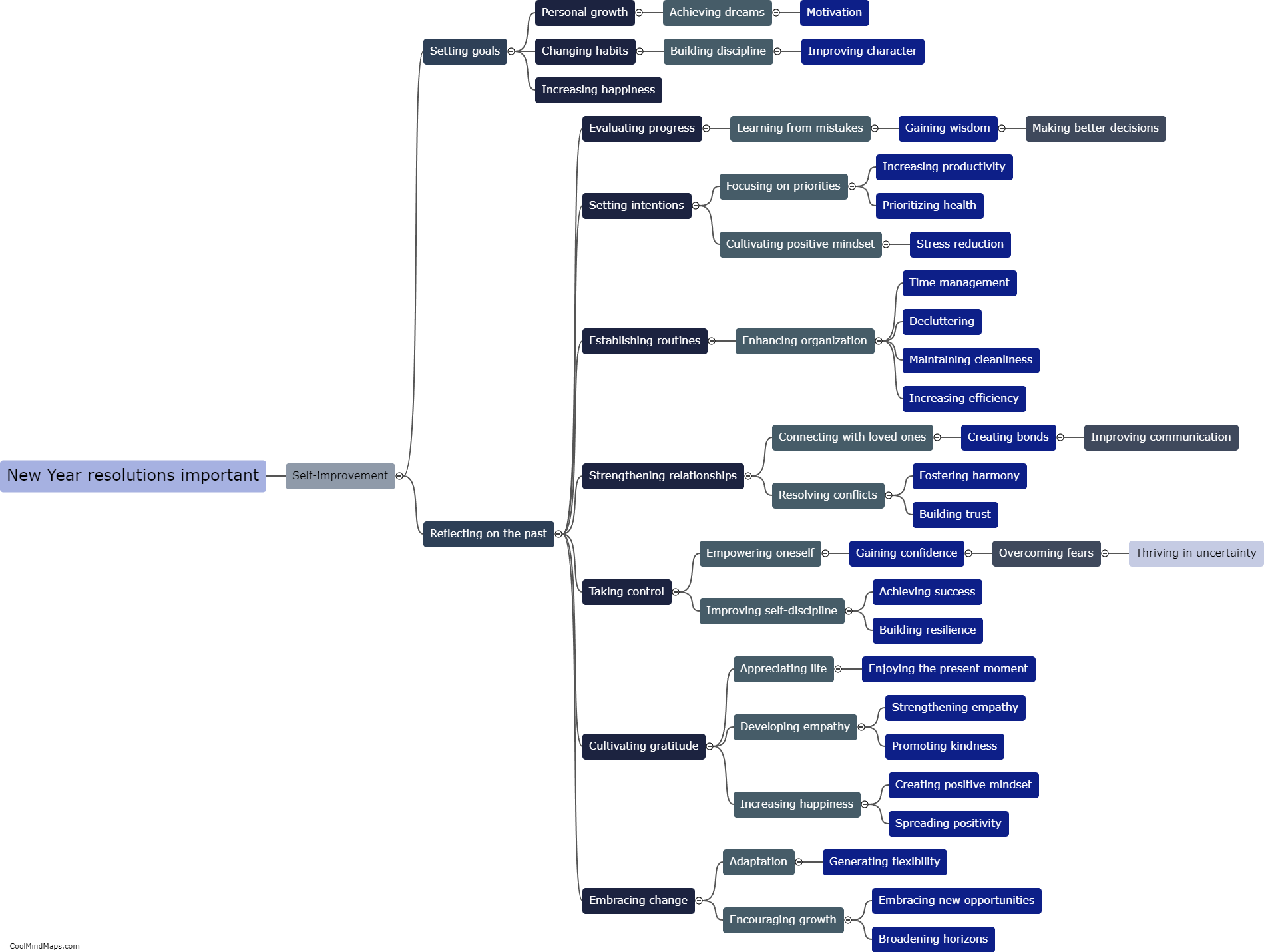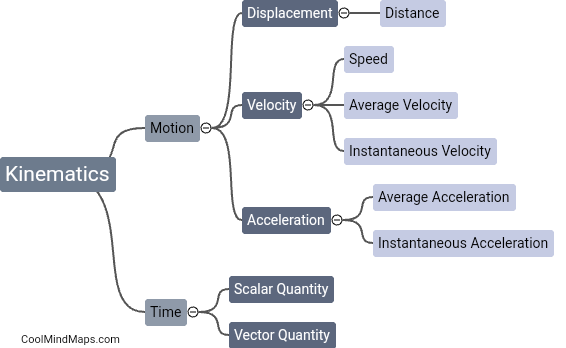How is rheumatoid arthritis diagnosed?
Rheumatoid arthritis (RA) is a chronic inflammatory disease that primarily affects the joints, causing pain, stiffness, and swelling. To diagnose RA, medical professionals typically rely on a combination of patient's medical history, physical examination, blood tests, and imaging studies. The medical history helps to identify any symptoms or factors that support the possibility of RA. During the physical examination, doctors thoroughly assess the joints for swelling, tenderness, and limited range of motion. Blood tests are then conducted to measure specific markers of inflammation, such as rheumatoid factor (RF) and anti-cyclic citrullinated peptide (anti-CCP) antibodies, and to assess general health. Imaging studies like X-rays or ultrasound may also be ordered to evaluate joint damage. Ultimately, the diagnosis of rheumatoid arthritis involves gathering information from various sources to confirm the presence of characteristic signs and symptoms while ruling out other conditions with similar manifestations.

This mind map was published on 10 February 2024 and has been viewed 89 times.











